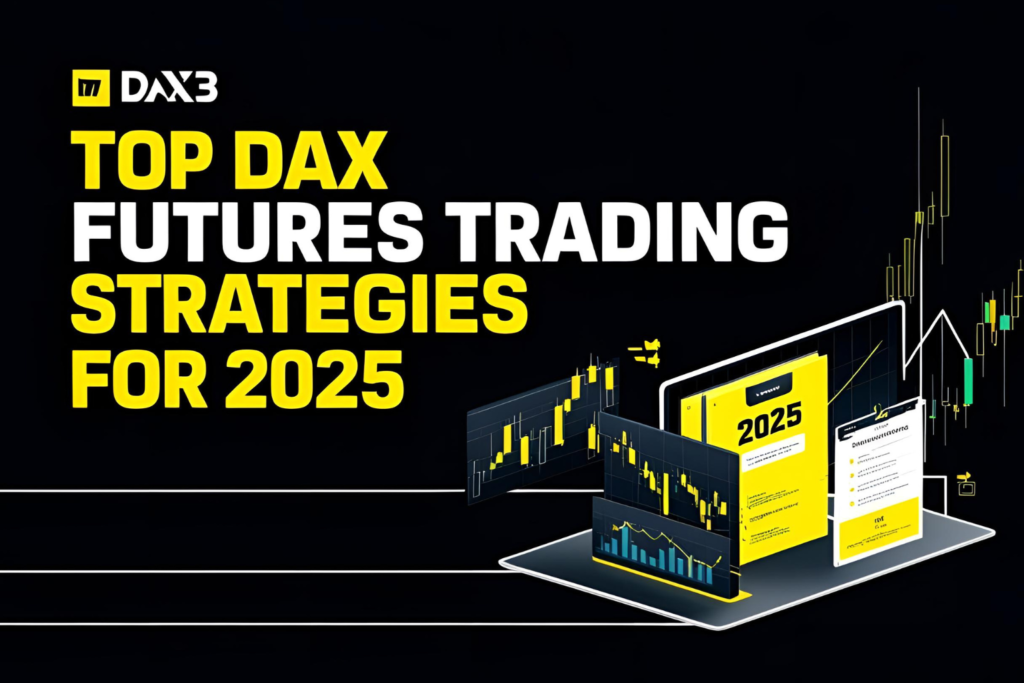The DAX futures chart is one of the most important tools for traders looking to analyze Germany’s top stock index in real time. Whether you’re day trading, swing trading, or analyzing longer-term trends, understanding how to read and apply tools to the DAX chart is essential.
This guide covers the chart types, platforms, and techniques commonly used to analyze DAX futures effectively.
What Is a DAX Futures Chart?
A DAX futures chart displays the price movement of the DAX 40 index futures contract over a selected period. It updates in real time and reflects price behavior during both European and global trading hours.
Charts can be customized to show:
- Candlestick patterns
- Volume data
- Moving averages
- Volatility and trend indicators
Popular Platforms for DAX Charting
| Platform | Features |
|---|---|
| TradingView | Advanced charting tools, indicator support, live feeds via FDAX1! |
| ThinkorSwim | Deep technical analysis, scripting tools (use /DAX) |
| MetaTrader 4/5 | Broker-dependent; may show GER40 or DE30 (CFD equivalents) |
| Interactive Brokers (TWS) | Professional charting with access to Eurex futures |
| NinjaTrader | Institutional-grade futures data for FDAX or FDXM |
Best Timeframes for Analysis
- 1-minute to 5-minute: For scalping and intraday trades
- 15-minute to 1-hour: For day trading setups
- 4-hour to daily: For swing and position trading
- Weekly: For long-term trend analysis
Each timeframe reveals a different layer of the market structure.
Common Chart Types Used
- Candlestick Chart: Most popular for price action and entry signals
- Line Chart: Useful for smoothing noise in longer-term views
- Heikin-Ashi: Helps filter trend direction and false signals
- Renko/Range Bars: Used by some to remove time-based distortion
Must-Have Charting Tools
| Tool/Indicator | Purpose |
|---|---|
| Moving Averages (EMA/SMA) | Trend direction and dynamic support/resistance |
| Volume Profile / VWAP | Institutional activity and fair value levels |
| MACD / RSI | Momentum and overbought/oversold detection |
| Fibonacci Retracement | Identify pullback levels during trends |
| Bollinger Bands / Keltner Channels | Volatility-based support/resistance zones |
How to Read Key DAX Chart Patterns
- Breakout Patterns: Look for volume spikes near resistance
- Pullback Entries: Wait for price to bounce off a moving average or trendline
- Double Top/Bottom: Reversal signals at key support/resistance
- Trend Channels: Use to guide entries and exits in trending markets
Live DAX Futures Chart Access
- Use TradingView (
FDAX1!) for real-time visualization - Investing.com and MarketWatch provide delayed free versions
- For Eurex or CME direct feeds, ensure your broker offers real-time data subscription
Final Thoughts
A DAX futures chart isn’t just about candles and indicators—it’s a real-time visual story of institutional interest, volatility, and investor sentiment in Germany’s largest companies.
Choose your platform, learn your tools, and stick to your timeframe to trade DAX futures with confidence.
FAQs
1. What’s the best chart type for DAX futures?
Candlestick charts are the most versatile for analysis and trading.
2. Does TradingView show real DAX futures data?
Yes, if you’re using the right symbol (e.g., EUREX:FDAX1!) and have access to live data.
3. Can I trade directly from the chart?
On platforms like ThinkorSwim, TradingView (via linked brokers), or TWS—yes.
4. How much data should I review before making a trade?
At least 3–5 days of data for intraday trades; several months for swing trades.
5. What’s a common beginner mistake with DAX charts?
Overloading charts with too many indicators. Stick to 2–3 tools that work well together.

